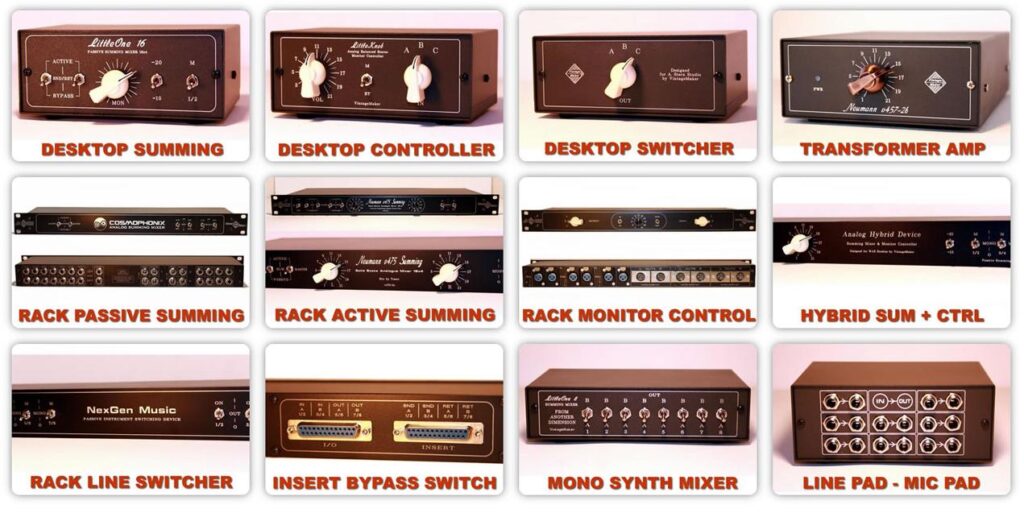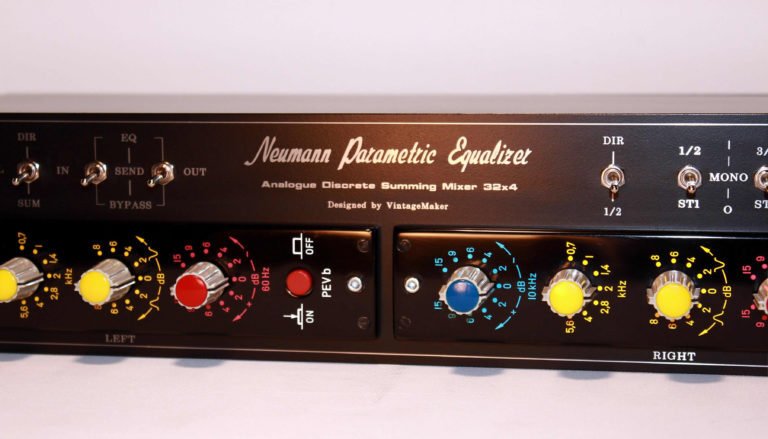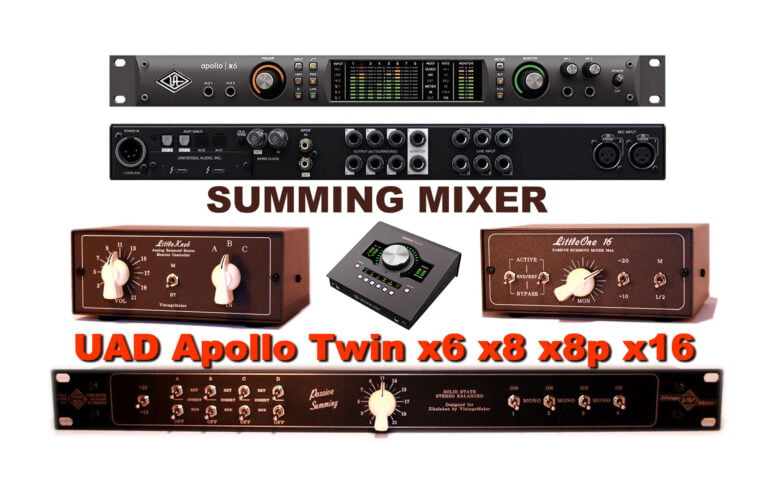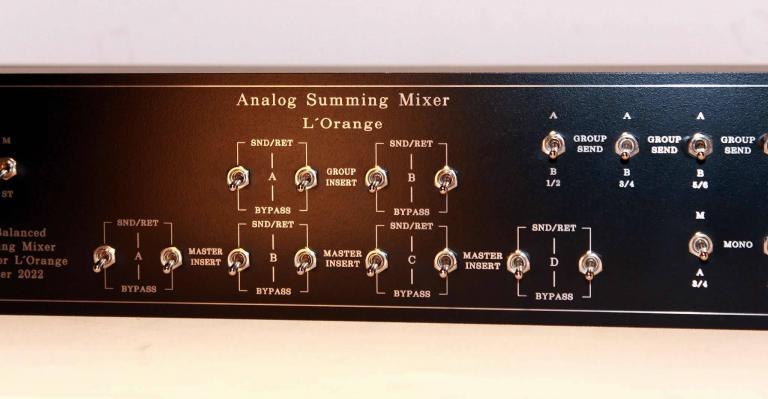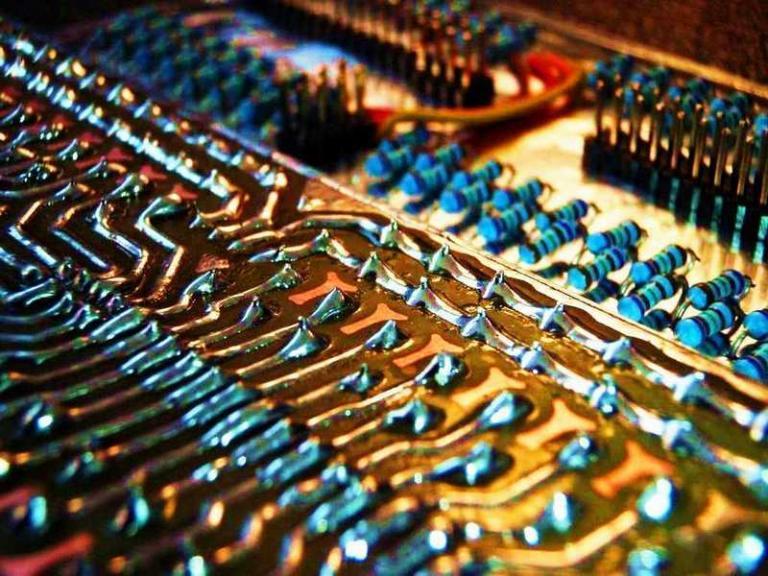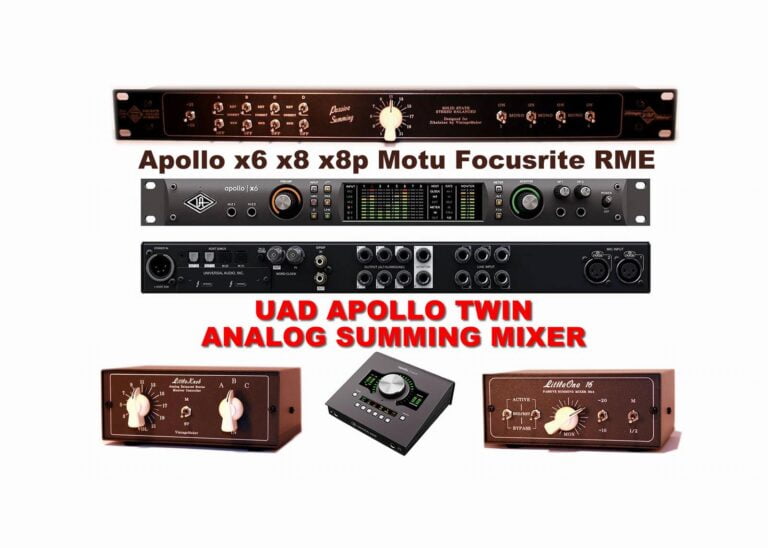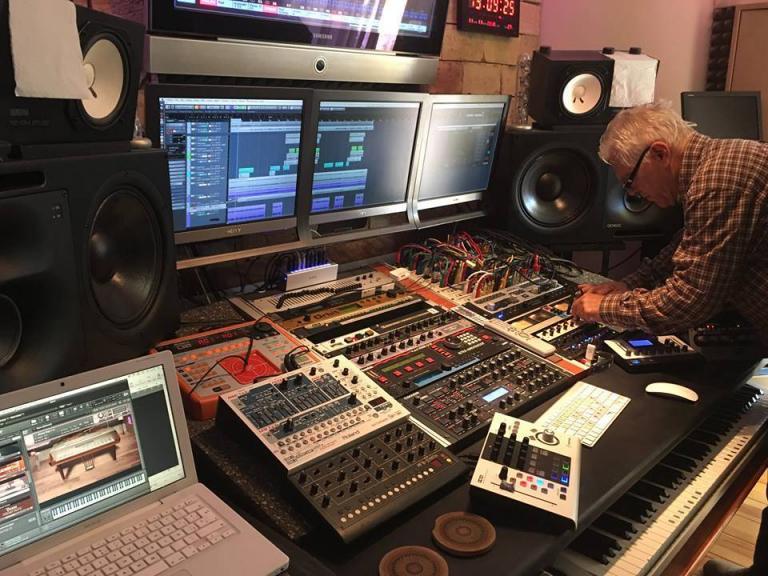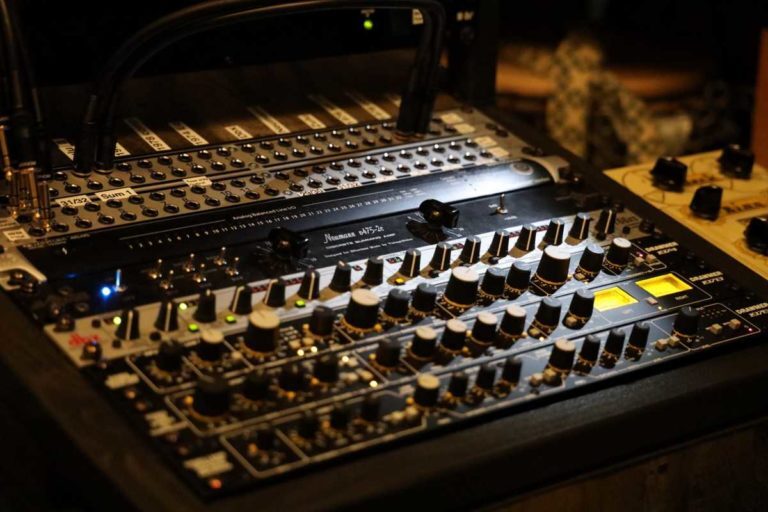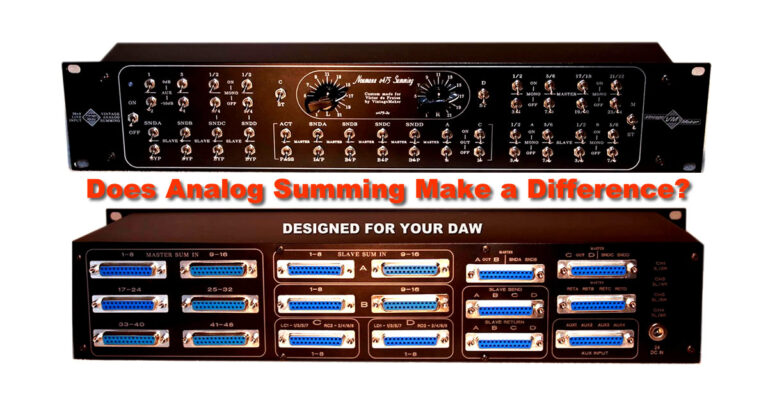
Analog Mixer vs ITB Summing Mixer Plugin
Facts: Digital Summing Plugin does not have real physical analog summing circuit. No safe zone. No Headroom.
Real analog summing has Analog Circuit, providing a safe zone for Transients through Headroom and benefiting from increased input signal power, resulting in warm harmonic distortion.
It’s like asking what the difference is between driving a Mustang in GTA and actually sitting in one in real life.
You’ll enjoy yourself in GTA until you try out a real Mustang. With this in mind, I suggest that you give an analog summing unit a try. Once you’ve learned to work with it (mixing strategies, etc.), you’ll most likely not look back at summing plugins. Okay, now this may sound a bit exaggerated, but these emulations can sound surprisingly good; however, they are not real either. They don’t provide the most important thing: analog headroom, which is the key to a real analog mixer console desk-like sound.
- Digital: Simply it is physically impossible for digital to handle a volume OVER 0dB decibels without introducing distortion.
- Analog: In contrast the analog summing benefits from the increased input signal power = results GENTLE Harmonic Distortion!
- The gentle distortion created in analog summing adds warmth and character to the audio, which many argue cannot be replicated with digital processing.
Advantages of analog summing over digital summing mixer plugin
Analog Mixer It provides headroom and gives (by its nature) a real, pleasant, gentle analog distortion when its inputs are pushed. In contrast, a summing plugin lacks a physical analog summing network, resulting in no safe zone and, consequently, no headroom. Simple, right?
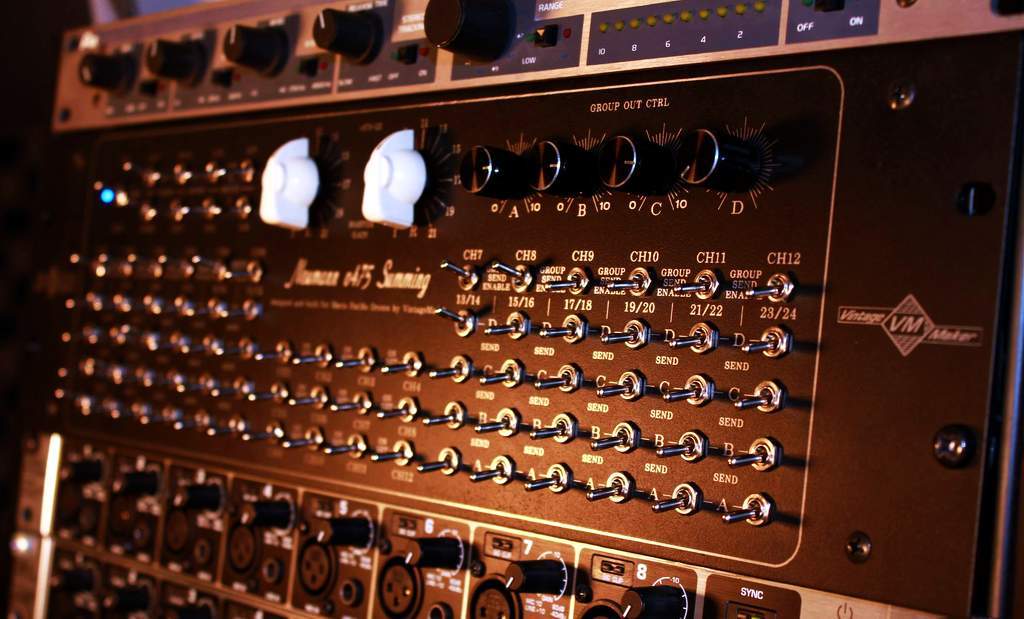
Customer question about summing mixer plugin:
Do you know how the LUNA emulation of the Neve console’s summing sounds in comparison to your summing mixers? I have already tried several summing emulation plug-ins, such as Waves NLS, Sonimus Britson Channel and Bus, Analog Obsession NCAR Konsol, and so on…
Simple answer: The plugin is a virtual emulation, while the Summing Box is Real Analog
The Luna Neve or other summing plugin emulation represents a supreme level of programming emulation, but cannot provide you the Real Analog Headroom, because simply it’s a virtual math calculation. Simply you don’t have the physical summing network like the VintageMaker’s dual stereo balanced uniquely designed sum bus. Clear, right? :)
How does the analog summing mixer work?
In simple terms: The summing mixer’s input resistor network creates a safe zone called “Headroom.” This space preserves instrument separation and helps maintain their position in the stereo field, resulting in a wide and deep 3D sound. Proper gain staging allows you to capture fundamental harmonics, enhancing the master stereo track. This uniquely designed audiophile resistor summing network provides the analog headroom.
What is headroom?
It offers a SAFE zone for harmonics, transients, or loud sounds without risking clipping. This results in a more dynamic, open, wide, and three-dimensional sound. Additionally, it introduces the first analog harmonics, known as gentle analog distortion.
This is simple physics; anyone who paid attention during physics class knows it.
At the same time, it doesn’t mean that summing plugins wouldn’t be good
perhaps in terms of value for money, or maybe not….. For instance, let’s say you have a UAD Apollo Twin with 4 analog outputs. With the cost of the Neve Luna plugin, you could purchase a genuine analog summing solution that is tailored directly to your studio. For example, the LittleOne4 series.
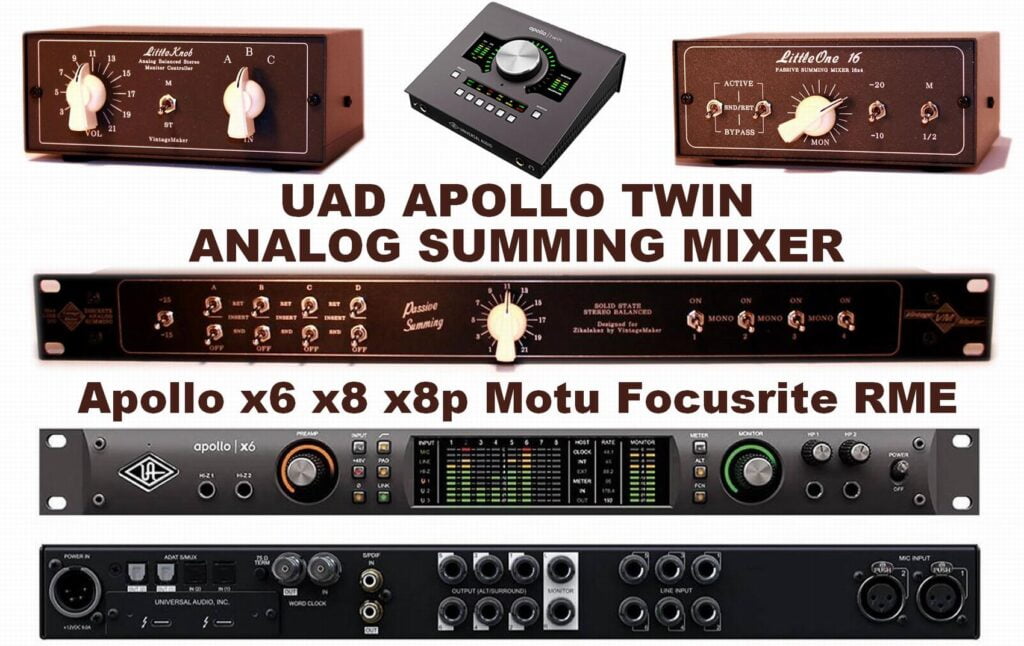
What to do to get some nice harmonics?
Simply boost up your DAW output Level (master fader) – and you get some “nice” distortion because you’re pushing the SUMMING INPUTS (SUM BUS) Passive side of Summing Mixer – quite a bit OVER its nominal level. (after that gain up the summed signal by your internal amp or external mic preamps or DAW mic preamps)
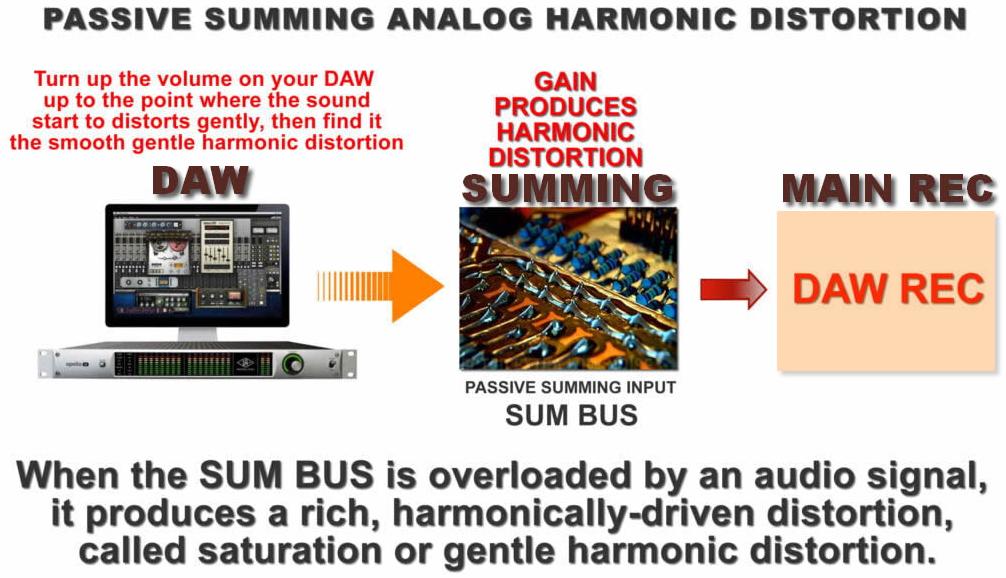
Analog Audio summing is the process of combining multiple audio signals into one. With the rise of digital audio workstations (DAWs), there has been a debate over whether it is better to do the summing internally within the software or externally using a mixer.
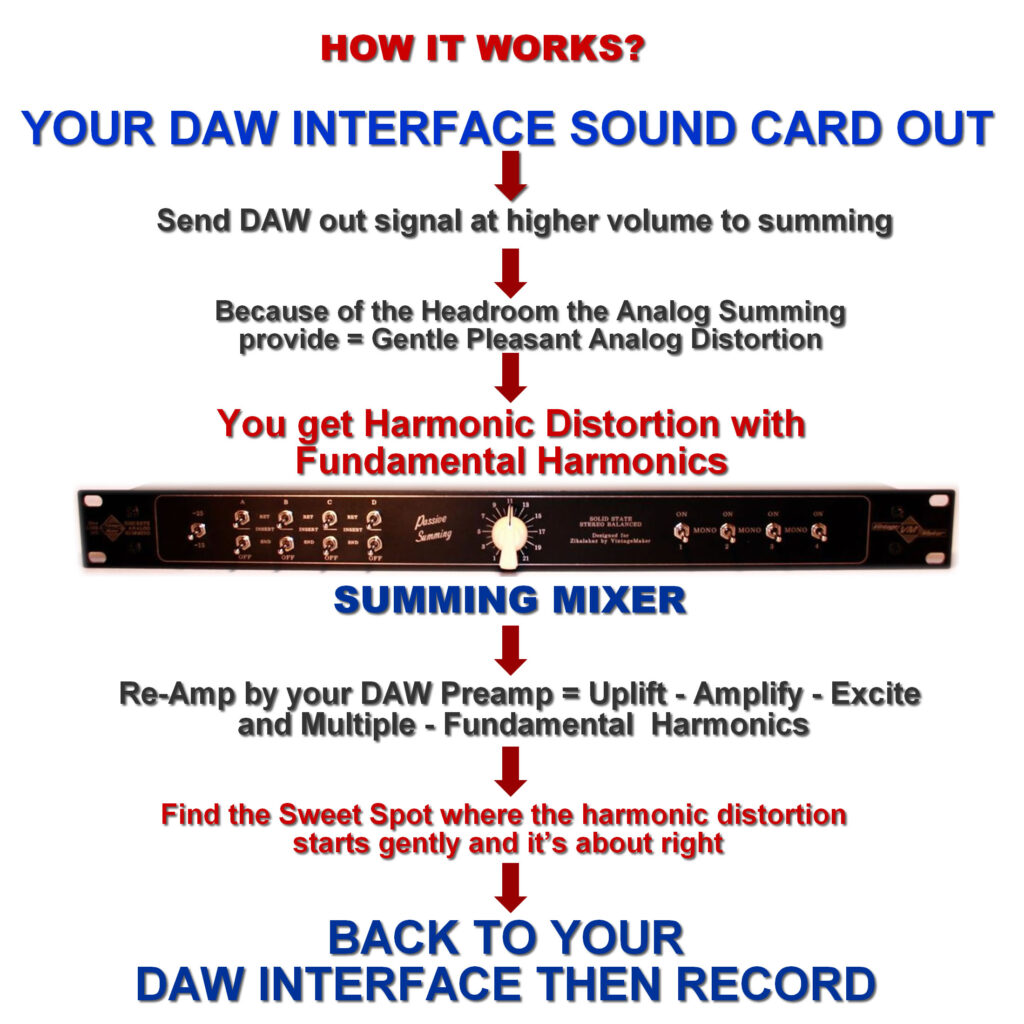
Analog gear can often handle higher levels of gain without introducing distortion
allowing engineers to push their audio further without sacrificing sound quality. In contrast, digital summing can be more prone to clipping and distortion when working with high levels, as it is limited by the fixed headroom of the digital system. Some argue that the summing algorithms used in DAWs are inferior, leading to the development of an analog summing workflow. As a result, products have been created to support the position that analog summing produces superior results compared to the internal summing of modern DAWs.
Do not find your Studio Gear? Don’t worry! Just inform me about your requirements!



